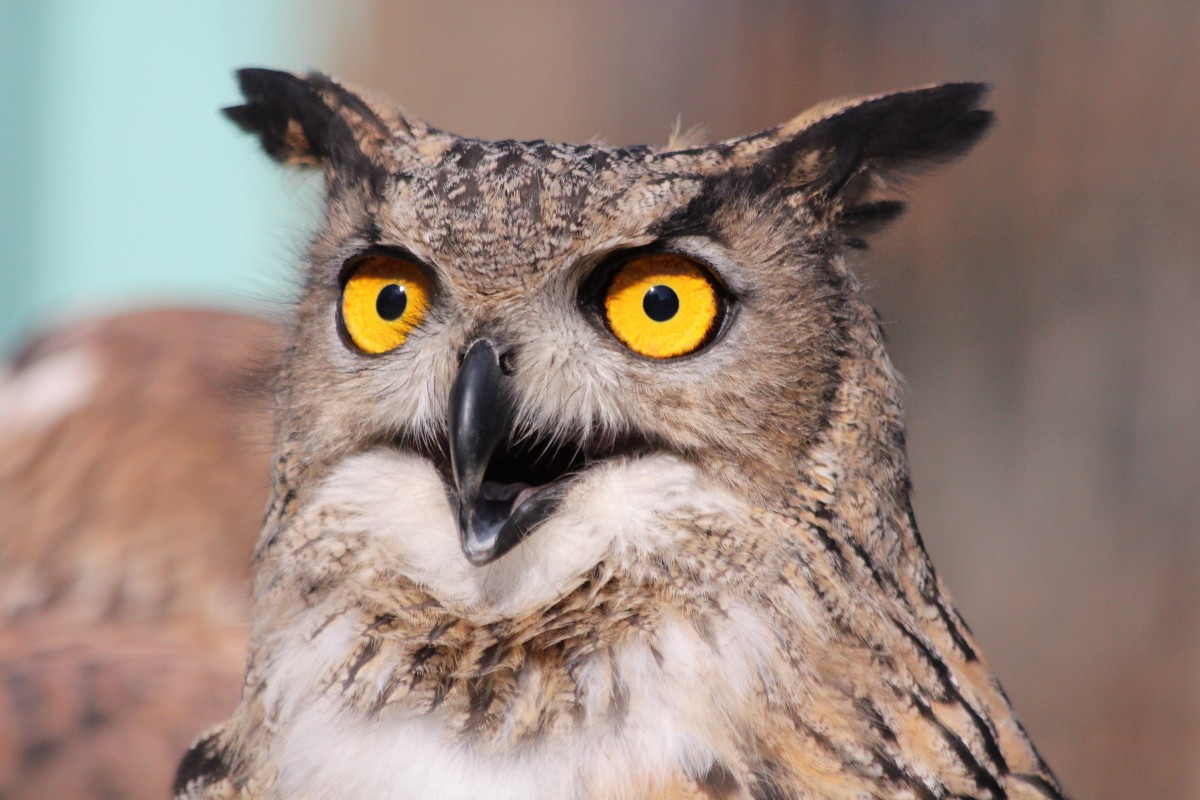Queen Elizabeth National Park
Queen Elizabeth National Park, named after Queen Elizabeth II’s 1954 visit, lies in Western Uganda and is an astonishing 1978km², with Lake George in the north-east, Lake Edward in the south-west and the Kazinga channel connecting the two.
Queen Elizabeth National Park, in conjunction with Virunga National Park, is a Lion stronghold and Conservation Unit in Central Africa. The park is also famous for volcanic features such as cones and deep craters, many with lakes such as the Katwe craters.
The park is among the very best places in all of Uganda to spot many of the most sought-after animals that that you will be hoping to see.
There are 95 mammal species and over 600 bird species – perfect for an birding enthusiast, but it’s the sheer volume of some of these individual creatures that draws people to this location.
There are an estimated 5,000 hippos, 3,000 elephants, 10,000 Cape buffalo, and a significant amount of tree-dwelling lions, as well as ten primate species that include chimpanzees, Vervet and black-and-white colobus monkeys, and brazen baboons.
Queen Elizabeth National Park is the second most visited national park in Uganda attracting 28% of the tourists that come to visit.
Animal Life
Vast numbers of hippos, elephants and buffalos live in the park, alongside warthogs, waterbuck, Uganda kob and topi, and the semi-aquatic sitatunga antelope.
The park hosts big cats such as fig tree-dwelling lions in Southern Ishasha – leopard, civet, genal and serval cat. Solitary leopards are nocturnal and like to remain hard-to-spot!Smaller cats are also predominantly nocturnal and best spotted on night game drives.
No game drive is complete without catching sight of the park’s ten species of primate.
With over 600 species, there is no greater diversity of birds in all of Uganda, so merely being in the park gives you incredible scope for seeing creatures you’ve never seen before. Of particular draw are the Collared pratincole, Palm-nut vulture, Pel’s fishing-owl, Shoebill, Swamp flycatcher, Crab-plover, African hobby, White-winged tern and Caspian plover and much more.









